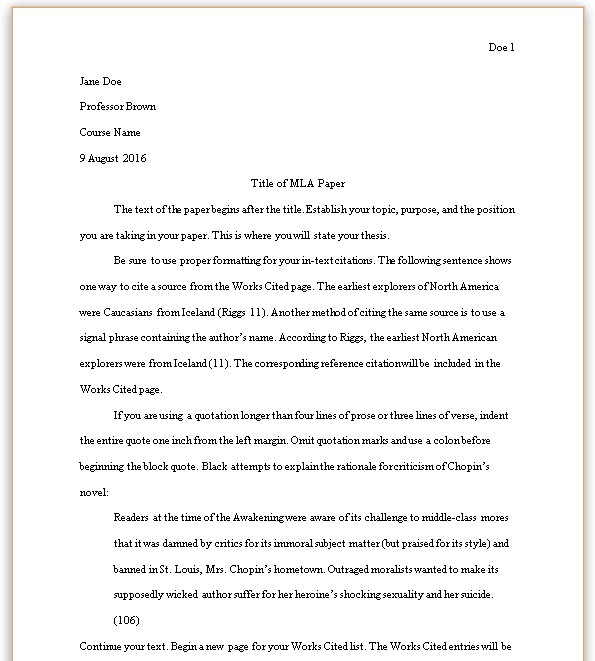Describe how the Uncertainty in Illness Theory (UIT) and Reconceptualized Uncertainty in Illness Theory (RUIT) correspond with caring in the human health experience. Provide examples from practice where you have witnessed uncertainty in patients with an acute health situation and uncertainty arising with a chronic health situation.
CHAPTER 4 Theories of Uncertainty in Illness
Margaret F. Clayton, Marleah Dean, and Merle Mishel
In this chapter, theories of uncertainty in illness are described. The original uncertainty in illness theory (UIT) was developed by Mishel to address uncer- tainty during the diagnostic and treatment phases of an illness or an illness with a determined downward trajectory (Mishel, 1988). Subsequently a recon- ceptualized uncertainty in illness theory (RUIT) was developed by Mishel to address the experience of living with continuous uncertainty in either a chronic illness requiring ongoing management or an illness with a possibility of recur- rence (Mishel, 1990). Since development of the original theory, the concept of uncertainty has been used in many disciplines including nursing, medicine, and health communication with slightly differing defi nitions, extensions, and applications. Companion instruments to measure uncertainty in illness have been translated into many languages and used extensively (Mishel 1983a, 1997c).
The UIT proposes that uncertainty exists in illness situations, which are ambiguous, complex, and unpredictable. Uncertainty is defi ned as the inabil- ity to determine the meaning of illness-related events. It is a cognitive state created when the individual cannot adequately structure or categorize an illness event because of insuffi cient cues (Mishel, 1988). The theory explains how patients cognitively structure a schema for the subjective interpretation of uncertainty with treatments and outcomes. It is composed of three major themes: (a) antecedents of uncertainty, (b) appraisal of uncertainty, and (c) coping with uncertainty. Uncertainty and cognitive schema are the major con- cepts of the theory.
The RUIT retains the defi nition of uncertainty and major themes, as in the UIT, but adds the concepts of self-organization and probabilistic thinking. The RUIT addresses the process that occurs when a person lives with unremitting uncertainty found in chronic illness or in illness with a potential for recur- rence. The desired outcome from the RUIT is a growth to a new value system, whereas the outcome of the UIT is a return to the previous level of adaptation or functioning (Mishel, 1990).
Copyright Springer Publishing Company. All Rights Reserved. From: Middle Range Theory for Nursing, Fourth Edition DOI: 10.1891/9780826159922.0004
50 I I . M IDDLE RANGE THEOR IES READY FOR APPL ICAT ION
■ PURPOSE OF THE THEORIES AND HOW THEY WERE DEVELOPED
The purpose of each theory is to describe and explain uncertainty as a basis for practice and research. The UIT applies to the prediagnostic, diagnostic, and treatment phases of acute and chronic illnesses. The RUIT applies to enduring uncertainty in chronic illness or illness with the possibility of recurrence that requires self-management. The theories focus on the ill individual and on the family or parent of an ill individual. The use of theory within groups or com- munities is not consistent.
The fi nding that uncertainty was reported to be common among people experiencing illness or receiving medical treatment led to the creation of the UIT (Mishel, 1988). Although the concept was cited in the literature, there was no substantive exploration of how uncertainty developed and was resolved. It was a personal experience with Mishel’s ill father that catalyzed the concept for her as she relays in earlier editions of this chapter and to me (Clayton). During my dissertation studies with Dr. Mishel as dissertation chair (Mishel & Clayton, 2003, 2008), Mishel’s father was dying from colon cancer. His body was swollen and emaciated. He did not understand what was happening, so he focused on whatever he could control to provide some degree of predict- ability. The effort he spent on achieving understanding crystallized the signifi – cance of his uncertainty.
Developing the UIT included a synthesis of the research on uncertainty, cognitive processing, and managing threatening events. The UIT was revised from the original measurement model published in 1981, to the RUIT pub- lished in 1988. During Mishel’s doctoral study, she focused on the develop- ment and testing of a measure of uncertainty. At that time she was infl uenced by the literature on stress and coping that discussed uncertainty as one type of stressful event (Lazarus, 1974) and by the work of Norton (1975), who identi- fi ed eight dimensions of uncertainty. His work—along with that of Moos and Tsu (1977)—formed a framework leading to the development of the Mishel Uncertainty in Illness Scale (Mishel, 1997c).
Mishel’s early ideas were further infl uenced by Bower (1978) and Shalit (1977), who described uncertainty as a complex cognitive stressor, and by Budner (1962), who described ambiguous, novel, or complex stimuli as sources of uncertainty. The ideas of these cognitive psychologists infl uenced Mishel’s view of uncertainty as a cognitive state rather than as an emotional response. This distinction directed ongoing theory development. Uncertainty as a stressor or threat was based on the work of both Shalit (1977) and Lazarus (1974). The descriptions of coping as a primary appraisal of uncertainty and response to uncertainty as a secondary appraisal were adapted from the work of Lazarus (1974). The original 33-item Uncertainty in Illness Scale (Mishel, 1981) incorpo- rated the work of these primary sources to conceptualize uncertainty in illness. Other population-specifi c forms have been developed, for example a 23-item version for community dwelling adults (Mishel, 1997c, 1997b), a 22-item version
4 . THEOR IES OF UNCERTA INTY IN I LLNESS 51
for cancer survivors (Mishel, 1997c), a 22-item version for children and adoles- cents (the USK, Uncertainty Scale for Kids; Stewart, Lynn, & Mishel, 2010), and a version for use with parents of hospitalized children (Mishel, 1983b). More recently, a 5-item short form for use with adults has been developed and vali- dated (Hagen et al., 2015).
When the Uncertainty in Illness Scale was published, a body of fi ndings on uncertainty quickly emerged in the nursing literature (Mishel, 1983a, 1984; Mishel & Braden, 1987, 1988; Mishel & Murdaugh, 1987; Mishel, Hostetter, King, & Graham, 1984). Research fi ndings on uncertainty substantiated the antecedents of the theory. The stimuli frame variable, composed of familiar- ity of events and congruence of events, was formed from research on uncer- tainty in illness and research in cognitive psychology. Symptom pattern was developed from qualitative studies (Mishel & Murdaugh, 1987) describing the importance of consistency of symptoms to form a pattern. The antecedent of cognitive capacities was based on cognitive psychology (Mandler, 1979), and practice knowledge about instructing patients when cognitive processing abili- ties were compromised. The fi nal antecedent of structure providers was devel- oped from research on uncertainty in illness.


